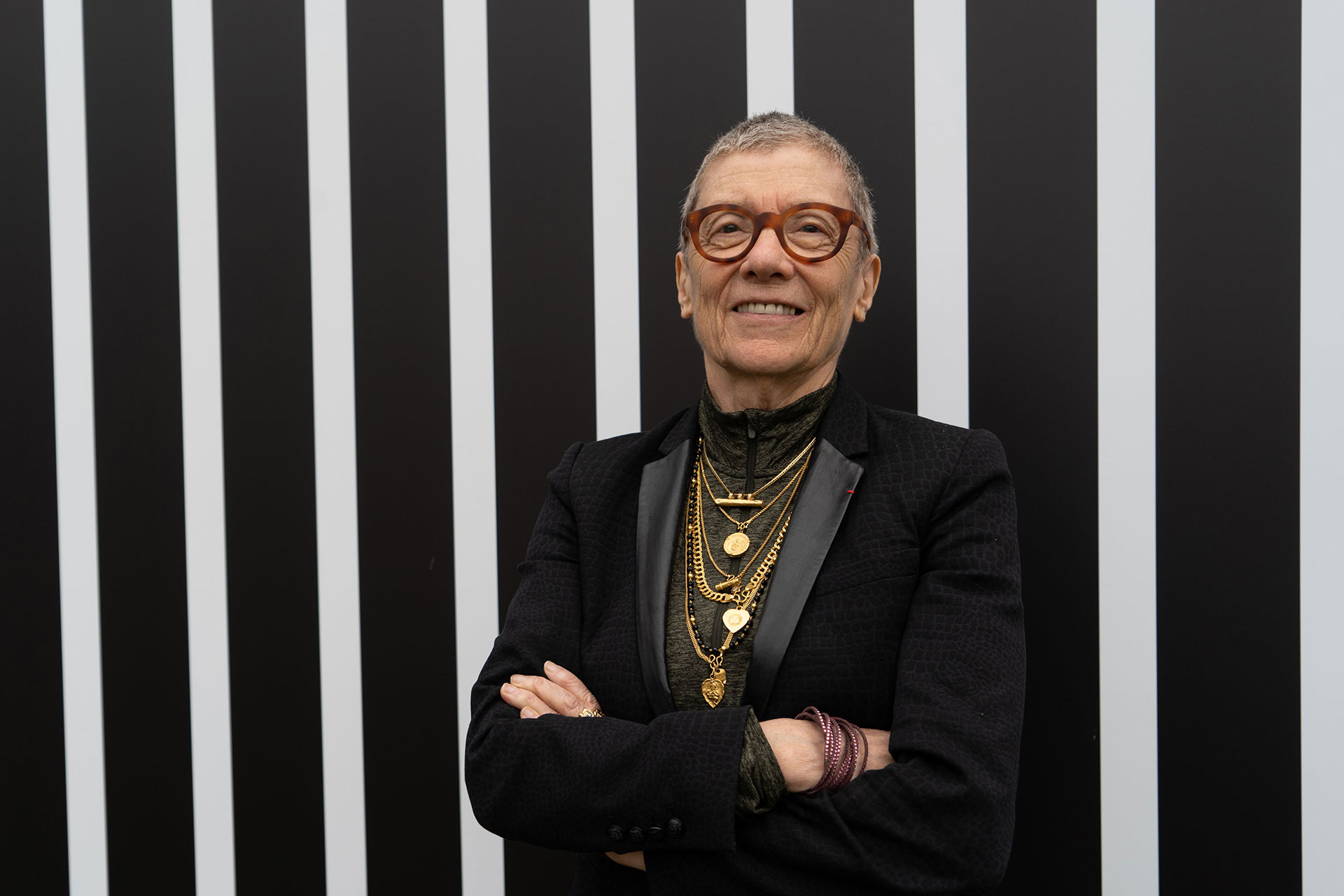
Ses Os, Bones, Un Endroit
Frac Grand Large
Dunkirk, France
2019
Tania Mouraud
On the occasion of the Art & Industrie triennale – GIGANTISME, Rubis Mécénat cultural fund, in association with the Frac Grand Large – Hauts-de-France, commissioned artist Tania Mouraud to produce three original monumental works for the Rubis Terminal site in the Port of Dunkirk and on a city-centre façade.
The two tanks located at the Rubis Terminal port site will feature a quotation from Shakespeare’s Tempest, in French and English:
Ses os se sont changés en corail. Perles sont devenus ses yeux.
Of his bones are coral made. Those are pearls that were his eyes.
For the city-centre façade, Tania Mouraud has chosen a sentence tailored to the site:
Un endroit pour rêver dans chaque ville, espace-éternité.
The fact that it is so hard to read turns this gigantic text into an abstract, geometric decor that highlights the architecture. Discovering the text in the course of strolls brings walkers back to their own dreams of the absolute while alleviating the loneliness that is inherent to urban life.
